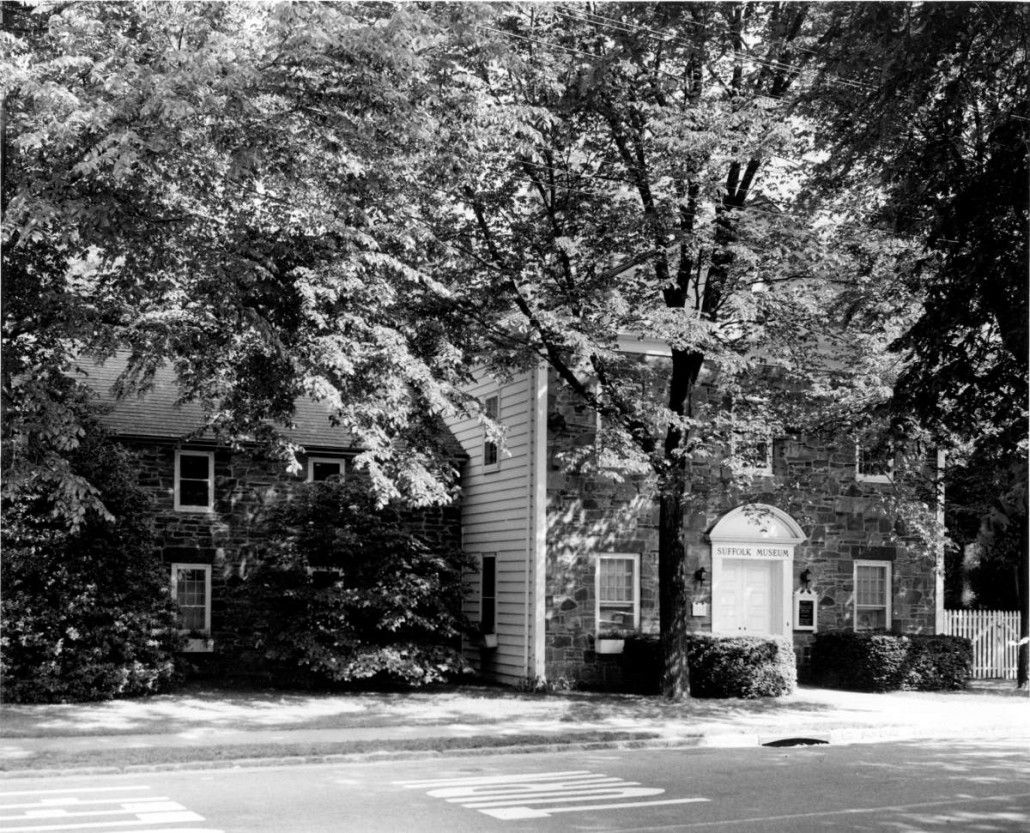Toward the end of the Great Depression, Ward Melville; his wife, Dorothy Bigelow Melville; prominent naturalist, Robert Cushman Murphy; a well-regarded local doctor, Winifred Curtis and insurance man, O.C. Lempfert, created the Suffolk Museum located on Christian Avenue, in a building which still stands today.
Art and artifacts began to fill the rooms of the Suffolk Museum, and its collection outgrew the space. In 1952, carriages were brought into the collection, and a new site for the collections was found.
Although the History Museum/Visitor’s Center is a relatively new part of the museum campus, it is one of the oldest work sites in the community of Stony Brook. This spot was the location of lumber mills dating back to 1874. The main building was rebuilt after a fire and dates to 1931. The D.T. Bayles Lumber Mill operated there until 1955 when the building was purchased by Ward Melville. Signs of the old mill operation are still visible today.
Ward Melville always wanted Stony Brook to be a village similar to the ones found in New England. The Long Island Museum was inspired by this premise and museum grounds soon resembled a New England Village as local historic buildings were carefully trucked onto the grounds.
In 1974, the Art Museum opened and, eventually, in 1987, the magnificent Carriage Museum was built on the site of the former Stony Brook Hotel to house the museum’s growing collection of carriages.
Since 1939, the museum has grown to become a leading cultural institution on Long Island and the only Smithsonian Affiliate in the region.






